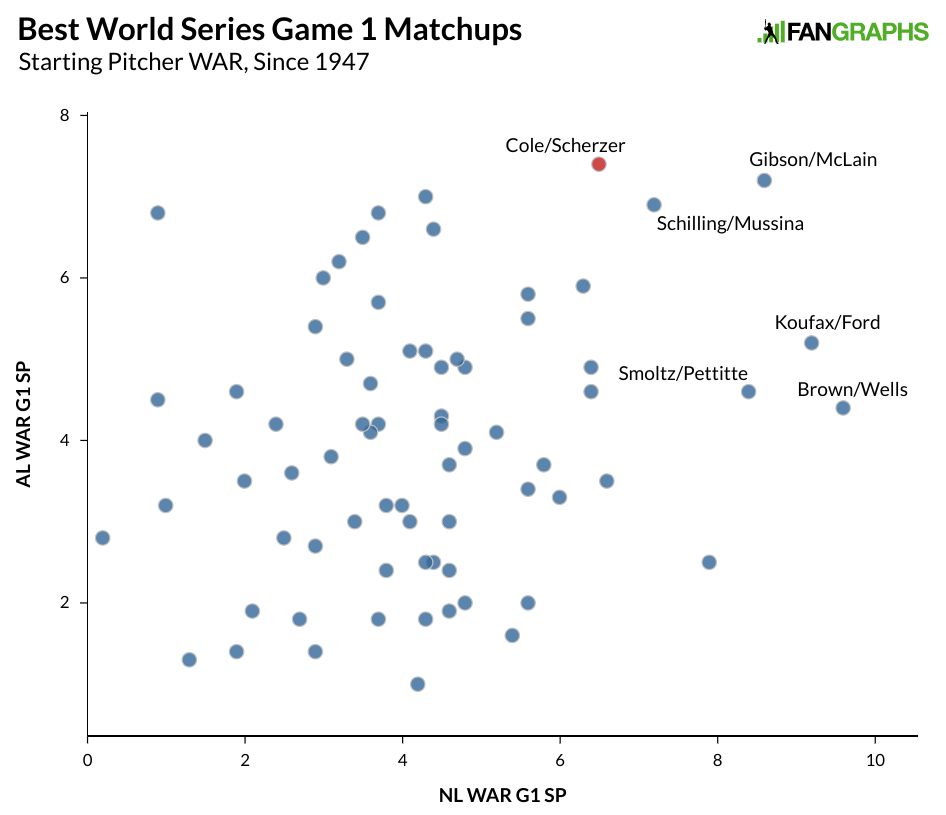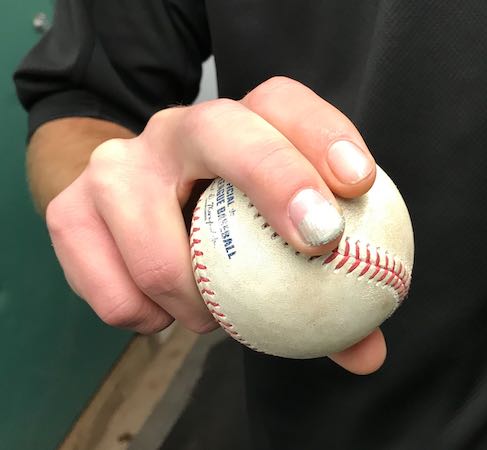Nationals Beat Astros 5-4, and Baseball Saves Baseball
It’s been a great postseason. But…
Baseball fans have been treated to an excellent month of ballgames. The NL Wildcard was an instant classic, and three matchups in the divisional round went the distance. Washington pitched historically well in the NCLS, and on the other side of the bracket, two of the best teams in baseball battled in an entertaining war of attrition, a back and forth set that climaxed with José Altuve’s walk-off homer in Game 6. Thus far, we’ve been spoiled.
But you’d be forgiven for thinking it hasn’t felt that way. As baseball reaches its annual crescendo, the sport’s collective focus has often drifted away from the games on the field. The partial un-juicing of the ball emerged as a dominant storyline early in the postseason, right alongside the usual complaints about extended commercial breaks and out-of-touch announcers blathering on far-flung networks. Then, as the league championships kicked off, ESPN’s T.J. Quinn released a disturbing piece detailing how Angels team employees not only failed to intervene on Tyler Skaggs‘ drug use but actually abetted it in his final days. Reading the news, you may well conclude that the league itself has lost the ability to sway the narrative in a way that reflects positively on the enterprise.
Unfortunately, the pattern continued; Game 1 of the World Series began under a cloud of a different sort. In the aftermath of Houston’s dramatic, exuberant ALCS win over the Yankees, assistant general manager Brandon Taubman used the occasion to rub salt in a wound. With three women reporters standing nearby, Taubman, cigar in hand, loudly and repeatedly directed a message their way: “Thank God we got Osuna! I’m so [expletive] glad we got Osuna!”
On the surface, it’s a curious message: Altuve only had to save the day because closer Roberto Osuna had coughed up a ninth-inning lead. The context, however, is damning. Osuna is only an Astro because the club was able to acquire him on the cheap while he served a suspension for domestic violence. One of the women in question has previously come under fire from Taubman for the timing of her Osuna-related tweets. That she was wearing a purple anti-domestic violence bracelet at the time adds a jolt of nastiness to already reprehensible behavior.
By now you know the details of what followed. How Sports Illustrated’s Stephanie Apstein reported the news; that Houston vehemently denied the incident took place, and questioned Apstein’s credibility, when multiple other journalists from other outlets corroborated Apstein’s account; and the Astros’ late and inadequate walk-back of their initial statement. On a day when we should have been celebrating the best of baseball, hyping up Gerrit Cole and Max Scherzer, we were instead left to grapple with the worst symptoms of its culture. As the Washington Post’s Barry Svulga succinctly summed it up: “It’s infuriating it’s 2019, and it’s the World Series, and we even need to be having this conversation. But clearly we do.”
In the end, baseball itself rescued the day. It wasn’t so much that a great game made us forget all that transpired in the previous 48 hours — as if anyone with a Twitter feed possibly could have anyway. No, a game cannot simply toss us an escape rope, and we shouldn’t want to move on so soon: Three women were wronged in an incident symptomatic of a broader problem; basic decency demands that we ask baseball to better itself.
What a game can do is remind us why we care in the first place, why we’re bothering with reading and listening and talking about these problems within baseball’s ecosystem instead of anywhere else. For all that was wrong in the last few days, baseball reminded us of its virtues, of why we choose to spend our leisure time in this imperfect space. Read the rest of this entry »


